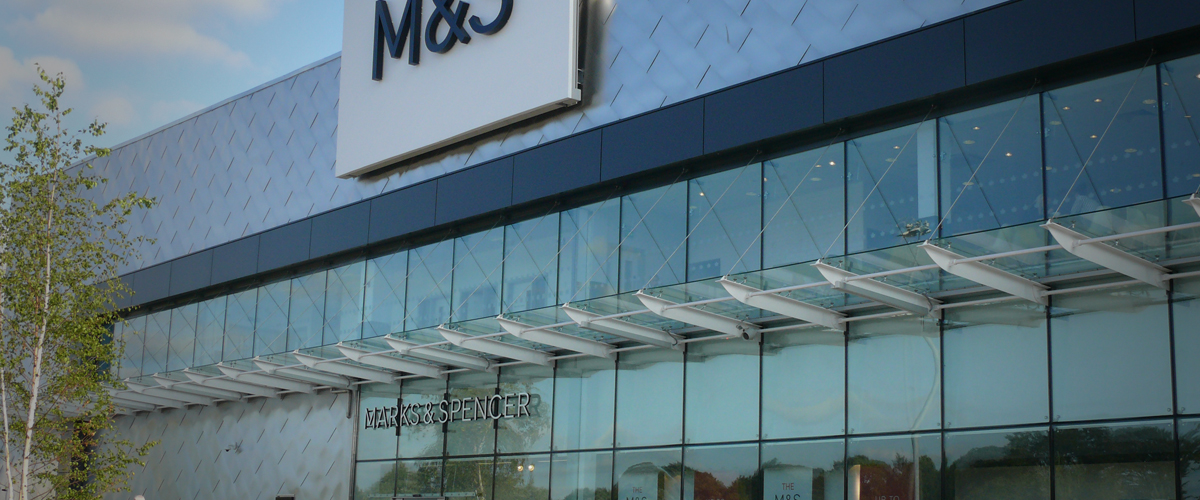General principles for selection of stainless steels
Stainless steels are defined as iron alloys with a minimum of 10.5% chromium.
Other alloying elements are added to enhance their structure and properties, but fundamentally, stainless steels are considered for selection as steels with corrosion resistant properties.
In economic terms, they can compete with higher cost engineering metals and alloys based on nickel or titanium, are readily repairable and ‘recyclable’ at the end of their useful life.
When considering stainless steel the most important features are: –
· Corrosion (or oxidation) resistance
· Mechanical & physical properties
· Available forming, fabrication & joining techniques
· Environmental & material costs (including total life cycle cost)
Corrosion resistance
The unique self-repairing ‘passive’ surface layer on stainless steel is due to its chromium content. Commercially available grades have around 11% chromium as a minimum; increasing chromium enhances corrosion and oxidation resistance. Chromium levels above 20% provide improved ‘aqueous’ corrosion resistance for the duplex and higher alloyed austenitics and also forms the basis of the good elevated temperature oxidation resistance of ferritic and austenitic heat-resisting grades.
In addition to this basic ‘rule’, nickel widens the scope of environments that stainless steels can ‘handle’. Austenitics have ranges from about 7% to over 20%. Corrosion resistance is not simply related to nickel level however as more specific alloy additions are also made with the specific aim of enhancing corrosion resistance. These include molybdenum and nitrogen for pitting and crevice corrosion resistance. 316 types are the main molybdenum bearing austenitics.
Copper is also used to enhance corrosion resistance in some ‘common’, but hazardous, environments such as ‘intermediate’ concentration ranges of sulphuric acid.
Mechanical and physical properties
Basic mechanical strength increases with alloy additions, but the atomic structure differences of the various groups of stainless steels has a more important effect.
The ferritic, austenitic and duplex types cannot be strengthened or hardened by heat treatment, but respond to varying degrees to cold working as a strengthening mechanism.
Ferritic types have useful mechanical properties at ambient temperatures, but have limited ductility, compared to austenitics. Their main physical property difference from the other types of stainless steel is that they are ‘non-magnetic’ i.e. have low relative magnetic permeability, provided they are fully softened. They also have lower thermal conductivity and higher thermal expansion rates than the other stainless steel types.
Duplex types, which have a ‘mixed’ structure of austenite and ferrite, share some of the properties of those types, but, fundamentally are mechanically stronger than either ferritic or austenitic types.
Summary of the main advantages of the stainless steel types
| Type | Examples | Advantages | Disadvantages |
| Ferritic | 410S, 430, 446 | Low cost, moderate corrosion resistance & good formability | Limited corrosion resistance, formabilty & elevated temperature strength compared to austenitics |
| Austenitic | 304,316 | Widely available, good general corrosion resistance, good cryogenic toughness. Excellent formability & weldability | Work hardening can limit formability & machinability. Limited resistance to stress corrosion cracking |
| Duplex | 1.4462 | Good stress corrosion cracking resistance, good mechanical strength in annealed condition | Application temperature range more restricted than austenitics |
| Martensitics | 420, 431 | Hardenable by heat treatment | Corrosion resistance compared to austenitics & formability compared to ferritics limited. Weldability limited. |
| Precipitation hardening | 17/4PH | Hardenable by heat treatment, but with better corrosion resistance than martensitics | Limited availability, corrosion resistance, formability & weldability restricted compared to austenitics |
“Stainless Steel – for design, structure and protection against the elements.”
Contact
We’re always interested in new projects, big or small. Please don’t hesitate to get in touch with us regarding your project.
You can contact a friendly member of our technical sales team on… 01992 444100 or simply send us an e-mail.



